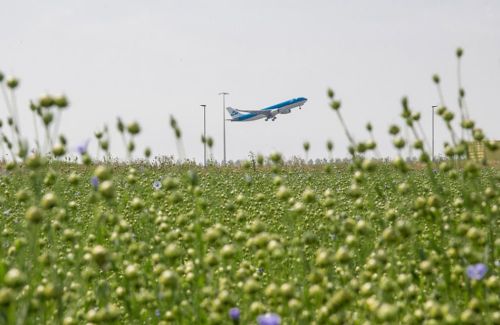Sustainable construction
Both new and existing buildings at Schiphol will be waste and emission-free in 2030. And by 2050 we will have made even more progress – the buildings will also be circular and energy-positive. We’re already working hard to make that possible. We are switching from gas to renewable energy sources in an increasing number of old buildings. New buildings are not connected to the gas network and have solar panels. We reuse as much material as possible after demolishing old buildings. New buildings are designed according to circular design principles.
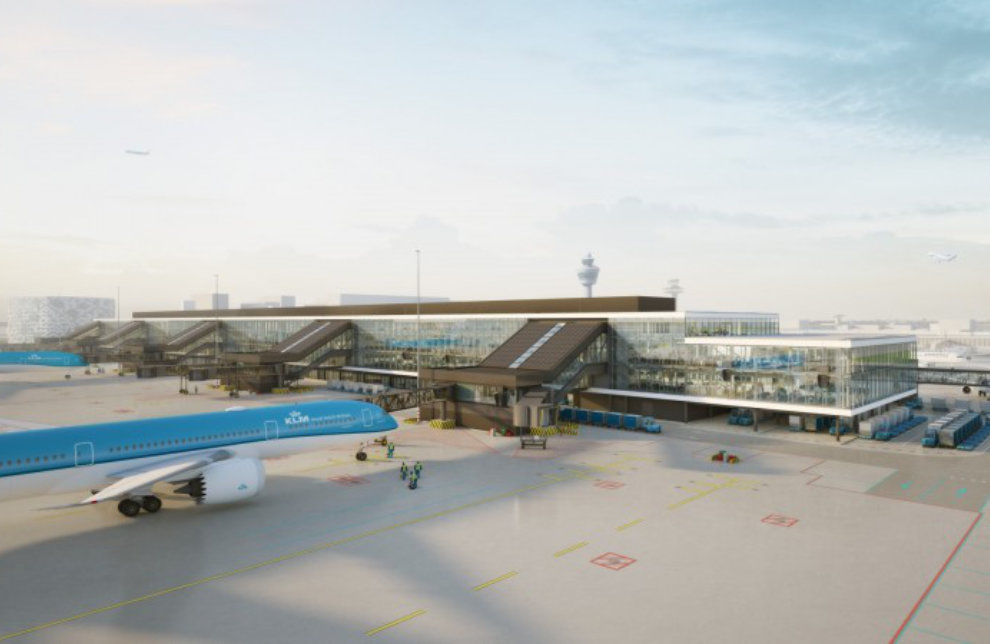
Continuously making buildings more sustainable
The terminal, the many offices, the various car parks – Schiphol owns many buildings. Renovating, renewing and extending them is a continuous process. Saving energy, using renewable energy, circular demolition, reusing as much as possible and circular construction are at the heart of this process. You can already see some great examples of sustainable construction at Schiphol:
Road made from Schiphol’s plastic waste
Schiphol is investigating whether roads made of plastic are a good alternative to asphalt and concrete at the airport. That’s why a stretch of plastic road has been constructed on the apron. The road is made of recycled plastic waste from the airport. The plastic road also contributes to better and natural water management at Schiphol.
The new Pier A
Schiphol is building a new pier: Pier A. Not only will this be our newest pier, it will also be the most sustainable. We have thought carefully about how to save energy and how we can use recycled or sustainable material. Pier A has eight gates and covers an area of 55,000 square metres.
The mortuary
The new mortuary is Schiphol’s first cradle-to-cradle building. Once this building has come to the end of its life cycle, the materials it was made of can easily be used somewhere else. The building also meets the BREEAM Excellent criteria. It has its own solar panels, rain water treatment system and air treatment system.
Schiphol-Noord bus station
The Schiphol-Noord bus station is a remarkable example of upcycling. A British T2 aircraft from World War Two was relocated, restored and then rebuilt as a public transport hub with eight bus stops. This building has solar panels on the roof and is already energy-positive. It generates more power than it consumes.
What we do for sustainability
-
To and from the airport
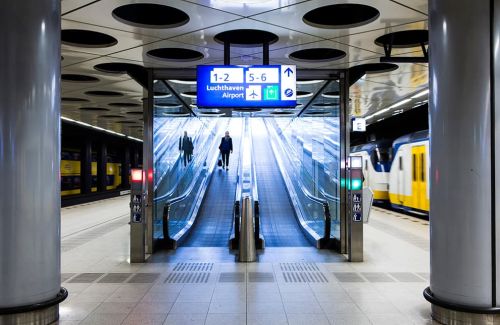
-
At the airport
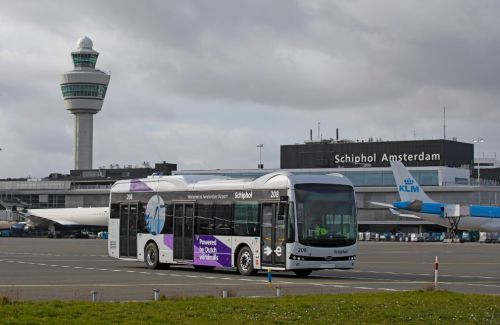
-
In the air

-
What can you do for the environment?
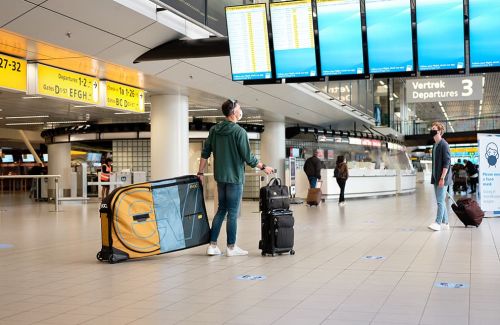
-
Sustainable living environment
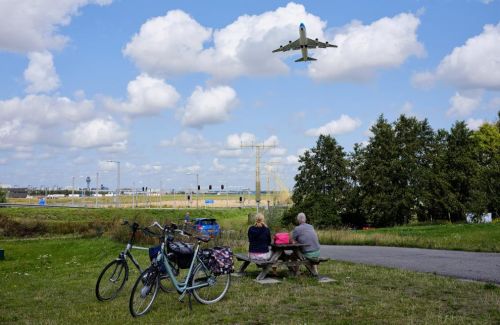
-
News
